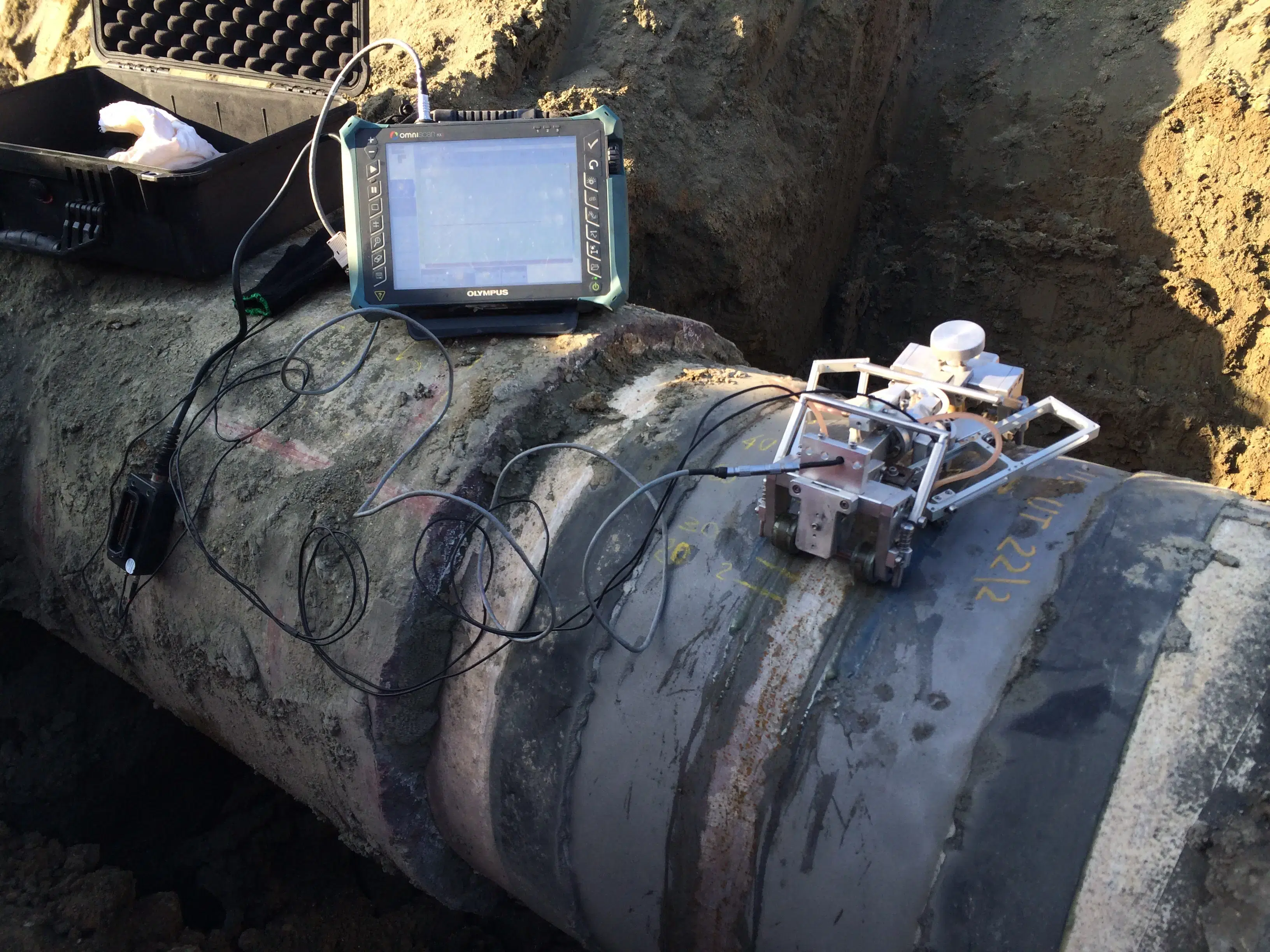
Pipeline Inspection
Welcome to [NDT Inspection Portal]’s pipeline inspection group, a place for professionals to connect... View more
types of pipeline inspection
types of pipeline inspection
Types of Pipelines
Within the energy sector, there are two major types of pipelines, liquids pipelines and natural gas pipelines. Liquid pipelines transport crude oil or natural gas in liquid form to refineries where they undergo distillation and other production processes. Some liquids pipelines are also used to transport distilled petroleum products such as gasoline to distribution centers.[3] Natural gas pipelines are used solely for the transport of natural gas to processing plants and are used for distribution. Natural gas is also often delivered directly to homes through pipelines.[4] In addition to these two main types of pipelines, there are also four other sub-categories of pipelines:[5]
• Gathering Lines: These lines are 10-30 centimeters in diameter, and work to transport natural gas, crude oil, and natural gas liquids short distances. They exist mainly to gather products from wells and move them for processing.
• Feeder Lines: Feeder lines move crude oil, natural gas, and natural gas liquids from storage tanks and processing facilities to transmission pipelines.
• Transmission Pipelines: These can range from 10 centimeters in diameter to over a meter. They carry natural gas, natural gas liquids, crude oil, and refined products (depending on whether they are liquids or natural gas pipelines). These transport petroleum products long distances, including over international boundaries.
• Distribution Pipelines: These range in diameter from 1-15 centimeters and are used to distribute natural gas to homes and businesses.
Sorry, there were no replies found.
Log in to reply.